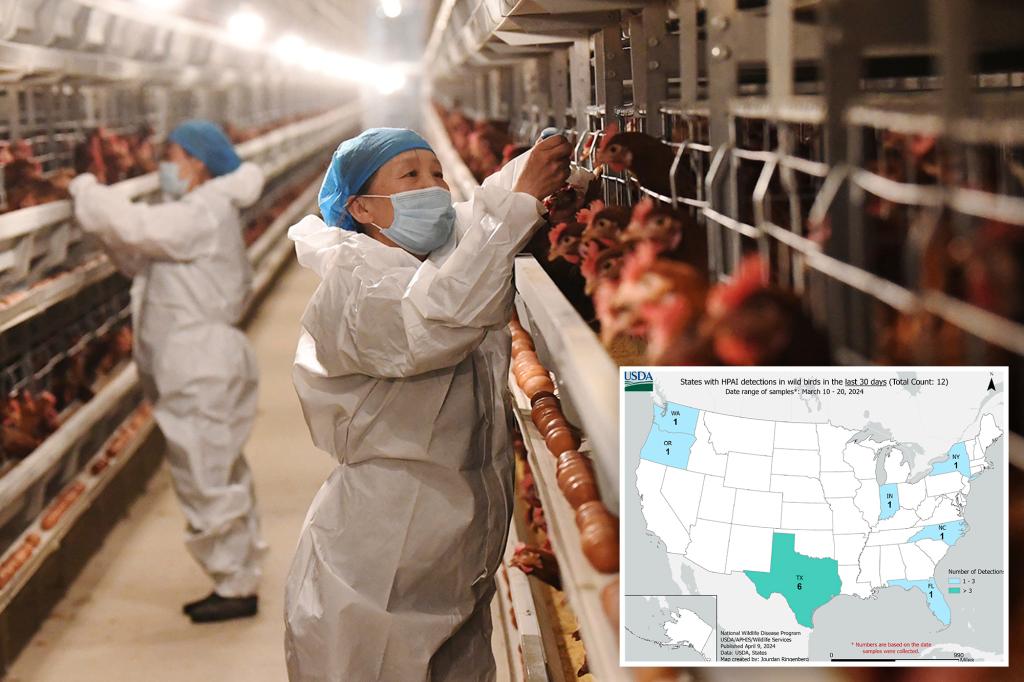In recent weeks, health experts have warned New Yorkers to avoid contact with wildlife in response to several cases of bird flu discovered in Manhattan’s Marcus Garvey Park. The virus was found in wild geese, a peregrine falcon, a red-tailed hawk, and a chicken in the park. Philip Meade, a postdoctoral fellow at Icahn School of Medicine, advised people to limit their contact with wildlife and to avoid trying to catch or handle them. While the virus has been detected in animals in the park, experts reassured that it is not easily transmissible to humans and emphasized the importance of washing hands after coming into contact with bird droppings.
The spread of bird flu has been detected in 12 flocks of wild birds across seven states in the past month, with the majority of cases reported in Texas. Additionally, the virus has been identified in domestic poultry. Despite these findings, the Centers for Disease Control and Prevention (CDC) has not reported any cases of bird flu spreading to humans at this time. Over the past two years, only two individuals have been infected with the virus in the United States. These individuals had been in contact with farm animals, including chickens, and were from Texas and Colorado.
Precautionary measures are essential to prevent the spread of bird flu, not only in Manhattan but also in other states where the virus has been detected. Health experts recommend that people wash their hands thoroughly after any contact with bird droppings to reduce the risk of transmission. While the virus is primarily found in wildlife and poultry, the potential for human infection is low. Avoiding close contact with animals and practicing good hygiene habits are key steps in protecting against bird flu.
The cases of bird flu in Manhattan highlight the importance of monitoring and managing the spread of the virus in both wild and domesticated animals. As a zoonotic disease, bird flu has the potential to pose a threat to both animal and human health. By staying informed about the latest developments in bird flu cases and following the guidance of health experts, individuals can help mitigate the risk of transmission and protect themselves from infection. Continued research and surveillance efforts are essential in understanding the behavior and transmission of the virus.
The recent cases of bird flu in Manhattan serve as a reminder of the unpredictable nature of infectious diseases and the importance of proactive measures to prevent their spread. Public awareness campaigns and educational initiatives can play a significant role in informing the public about the risks associated with zoonotic diseases like bird flu. By raising awareness and promoting preventive actions, communities can work together to reduce the spread of the virus and protect vulnerable populations. Responsible wildlife management and disease control measures are critical components of efforts to combat bird flu.
Ultimately, the discovery of bird flu cases in Manhattan underscores the need for vigilance and preparedness to respond to emerging infectious diseases. The rapid detection and containment of outbreaks are essential in preventing the spread of zoonotic diseases and safeguarding public health. By working collaboratively with health authorities, wildlife experts, and the public, we can address the challenges posed by bird flu and other infectious diseases effectively. Through coordinated efforts and a commitment to following best practices, we can minimize the impact of bird flu on both animal and human populations.


